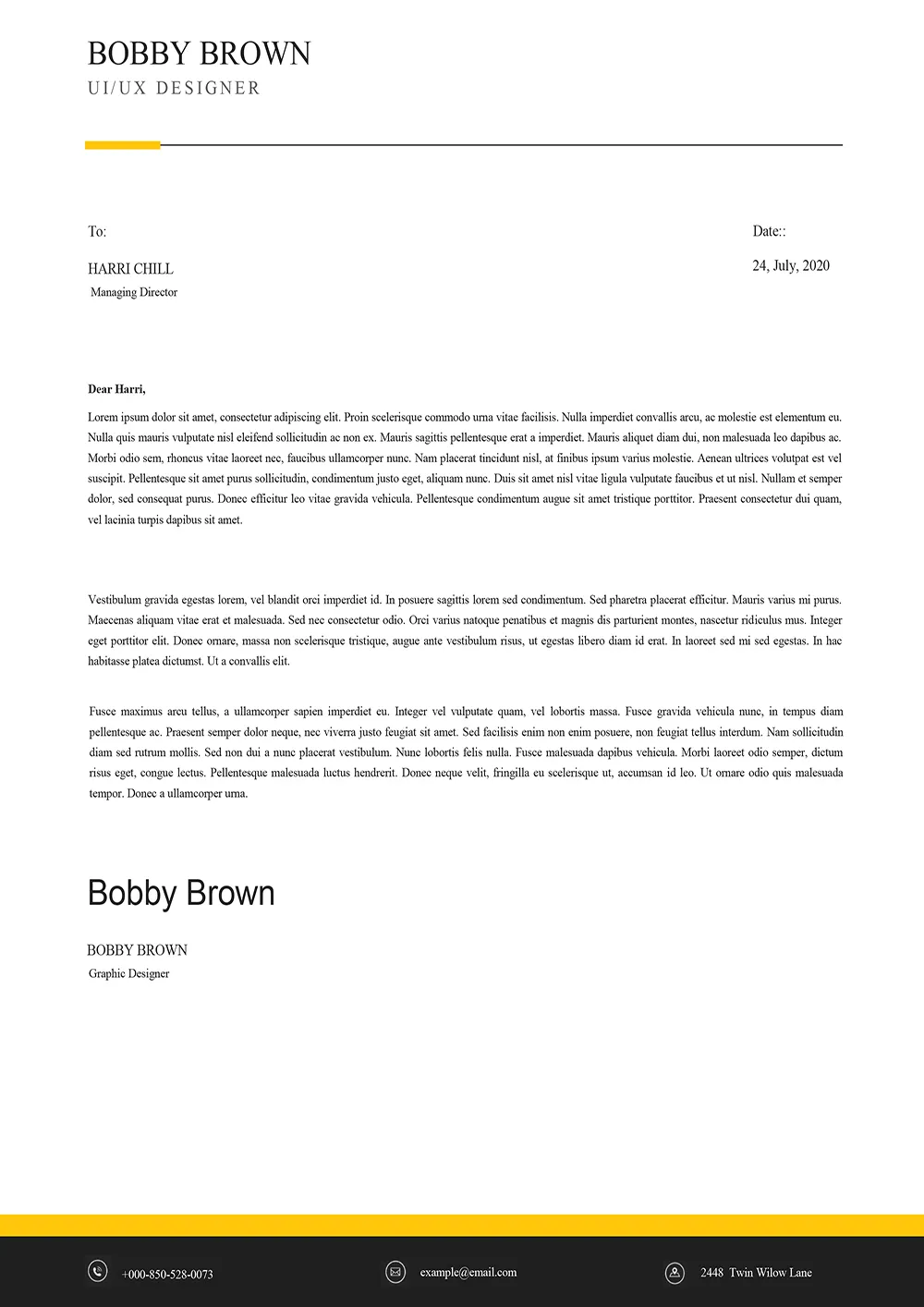Why a Proper Cover Letter is Crucial
In the competitive landscape of job applications, a well-crafted cover letter is your first handshake with a potential employer. It serves as an introduction, a showcase of your personality, and a compelling argument for why you are the ideal candidate. More than just a formality, it’s an opportunity to make a strong first impression and set yourself apart from the crowd. A proper cover letter is essential because it provides context to your resume, highlighting the skills and experiences that align with the specific job requirements. Without it, you risk being just another applicant lost in a sea of resumes. It’s your chance to articulate your value proposition and demonstrate your enthusiasm for the role and the company. This initial document can significantly influence the hiring manager’s perception of you, paving the way for an interview and ultimately, the job offer.
What is a Cover Letter
A cover letter is a concise, one-page document that accompanies your resume when applying for a job. Its primary purpose is to introduce you to the hiring manager, express your interest in the position, and highlight the key skills and experiences that make you a good fit for the role. It’s a personalized summary of your qualifications and a chance to elaborate on your resume, providing specific examples of your achievements and demonstrating how you can contribute to the company’s success. Unlike a resume, which is a factual account of your work history, a cover letter allows you to showcase your personality, enthusiasm, and communication skills. It should be tailored to each job application, reflecting your understanding of the company and the specific requirements of the role. In essence, a cover letter is your opportunity to tell a story about yourself and persuade the employer that you’re the right choice.
The Importance of a Great Cover Letter
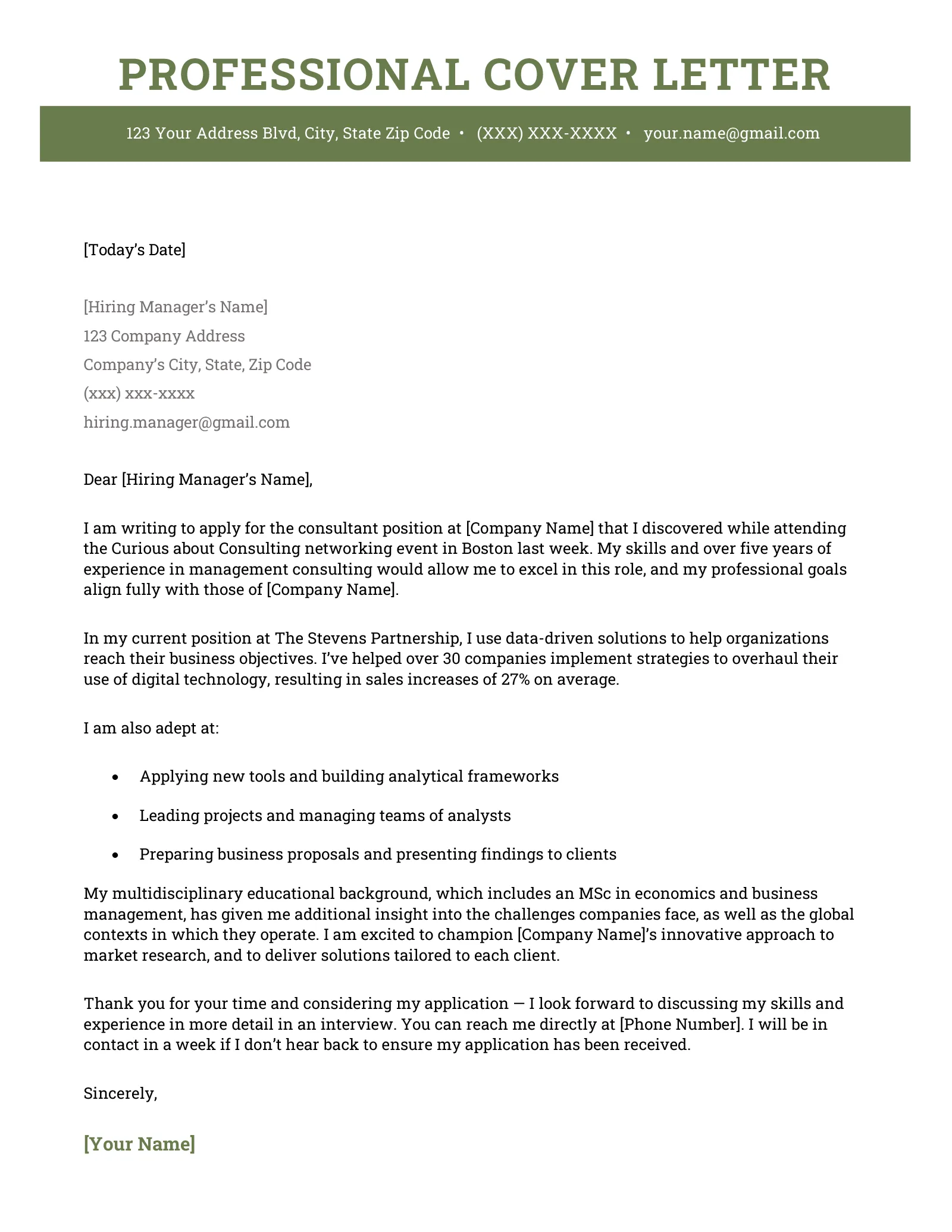
A great cover letter is far more than just a formality; it is a critical tool in your job search arsenal. It significantly boosts your chances of securing an interview by making a strong first impression, demonstrating your genuine interest in the role, and showcasing your relevant skills and experiences. It’s an opportunity to tell your story, illustrating how your qualifications align with the company’s needs and values. A well-written cover letter shows your personality and communication skills, which are often just as important as your technical abilities. Moreover, a great cover letter can compensate for perceived weaknesses in your resume by highlighting your strengths and achievements. It allows you to explain career gaps, address any concerns the hiring manager may have, and demonstrate a proactive approach to your job search. Ultimately, a great cover letter can transform a standard application into a compelling pitch, significantly increasing your chances of landing the job.
Key Components of a Winning Cover Letter
A winning cover letter consists of several key components that work together to create a compelling and persuasive narrative. It begins with a strong introduction that immediately grabs the reader’s attention, expressing your enthusiasm for the position and company. The body of the letter should highlight your relevant skills and experiences, providing specific examples of your achievements and demonstrating how you can contribute to the company’s success. It’s essential to tailor this section to each job application, emphasizing the qualifications that align with the specific requirements of the role. The letter should also showcase your understanding of the company’s mission, values, and goals, demonstrating your interest and research. The closing of the letter should reiterate your interest, express your desire for an interview, and provide a clear call to action. Each component should be carefully crafted to create a cohesive and persuasive argument for your candidacy.
Contact Information Section
The contact information section of your cover letter is a crucial element that ensures the hiring manager can easily reach you. It should include your full name, professional email address, phone number, and optionally, your LinkedIn profile URL. Ensure your email address is professional and appropriate; avoid using nicknames or casual language. The phone number should be one where you can be easily reached, and your voicemail should be set up with a professional greeting. If you have a LinkedIn profile, including the URL allows the hiring manager to quickly access more information about your professional background and network. This section should be placed at the top of your cover letter, usually aligned to the left or right, and should be clearly formatted for easy readability. Accuracy is essential; double-check all contact details to avoid any errors that could hinder communication.
Professional Formatting for Cover Letters
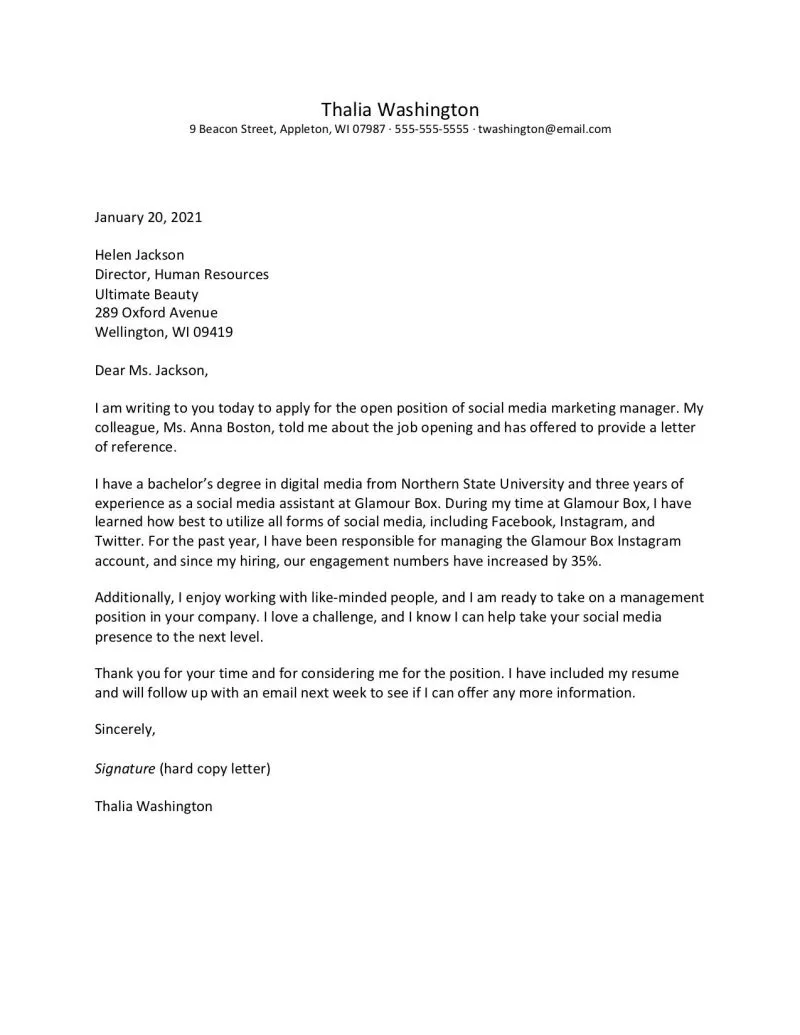
Professional formatting is critical to making a positive first impression and ensuring your cover letter is easy to read. Use a clean, readable font such as Times New Roman, Arial, or Calibri, with a font size of 11 or 12 points. The letter should be single-spaced with a blank line between paragraphs for better readability. Maintain consistent margins of one inch on all sides of the page. Left-align the text, and use justified alignment only when necessary. Be sure to include the date, the hiring manager’s name (if known), and the company’s address. Use a formal tone throughout the letter and avoid slang, jargon, or overly casual language. Keep your cover letter concise, ideally no more than one page. A well-formatted cover letter demonstrates attention to detail and professionalism, which are essential qualities for any job applicant.
Address the Hiring Manager Directly
Addressing the hiring manager directly, if possible, significantly enhances the personal touch of your cover letter. Instead of using generic greetings like “To Whom It May Concern,” research the hiring manager’s name and use “Dear Mr./Ms. [Last Name].” This shows you’ve taken the time to research the company and the role, demonstrating a genuine interest. If you can’t find the hiring manager’s name, use a more specific greeting like “Dear Hiring Team” or “Dear [Department] Manager.” Avoid using generic greetings; they can make your application feel impersonal and less likely to stand out. If you find the hiring manager’s name on LinkedIn or the company website, confirm it with other sources to ensure accuracy. Addressing the hiring manager by name is a small but impactful detail that can make a big difference in how your application is perceived.
Personalize Your Cover Letter
Personalization is key to making your cover letter stand out from the crowd. Tailor each cover letter to the specific job you’re applying for, highlighting how your skills and experiences align with the requirements. Research the company and demonstrate your understanding of their mission, values, and goals. Mention specific projects, initiatives, or challenges the company is facing and explain how your skills can help solve them. Show genuine enthusiasm for the role and the company; avoid generic statements. Personalize your cover letter by mentioning how you discovered the job opening or what aspects of the role or company appeal to you. This shows you’re not just sending a generic application; you’re genuinely interested in the specific opportunity. Your attention to detail and commitment can make a significant difference in making a great first impression.
Highlight Relevant Skills and Experiences
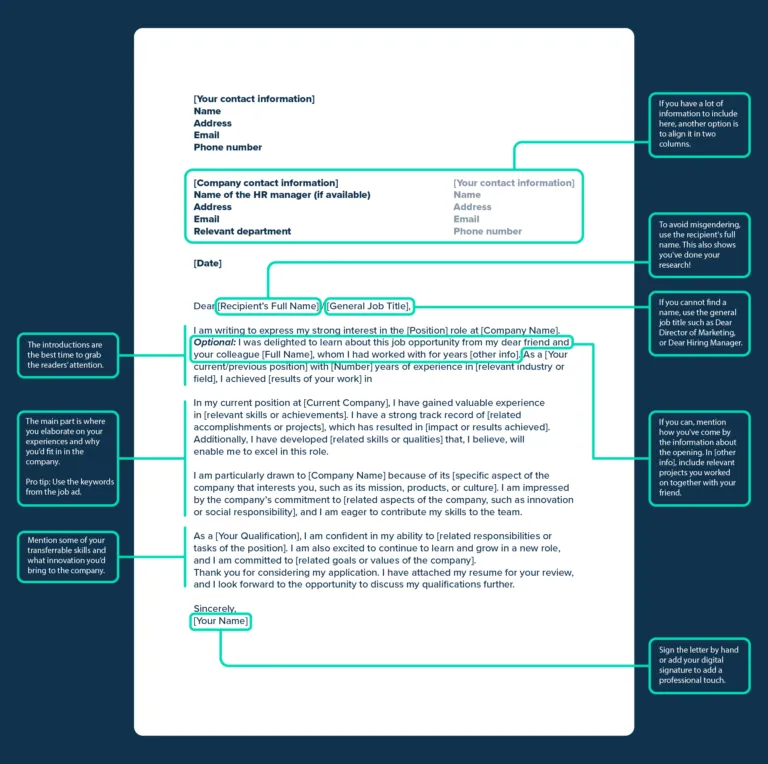
In your cover letter, it is vital to highlight the relevant skills and experiences that align with the job requirements. Carefully review the job description and identify the key skills and qualifications the employer is seeking. Then, use your cover letter to showcase how your skills and experiences match those requirements. Provide specific examples of how you’ve used these skills in previous roles, quantifying your achievements whenever possible. Use keywords from the job description to demonstrate that you understand what the employer is looking for. Explain how your skills and experiences make you a good fit for the specific role, addressing how you can contribute to the company’s success. It’s not enough to list your skills; you must illustrate them with concrete examples that demonstrate your ability to perform the job. This shows that you are the right fit for the job and what you can bring to the role.
Showcase Accomplishments
Showcasing your accomplishments is essential for demonstrating your value to a potential employer. Instead of simply listing your responsibilities, focus on your achievements and the positive outcomes you’ve produced in previous roles. Quantify your accomplishments whenever possible by using numbers, percentages, or specific metrics. For instance, state, “Increased sales by 20%” or “Reduced customer complaints by 15%.” Provide clear and concise examples of your achievements, demonstrating how you have exceeded expectations, solved problems, or contributed to the success of your previous employers. Use the STAR method (Situation, Task, Action, Result) to structure your examples, providing context and demonstrating the steps you took to achieve the results. Highlighting your accomplishments shows the hiring manager that you are results-oriented and can deliver value to the company.
Tailor the Cover Letter to Each Job
Tailoring your cover letter to each job is a critical step in the application process. Do not use a generic, one-size-fits-all cover letter. Instead, carefully review the job description and identify the key requirements and qualifications the employer is seeking. Customize your cover letter to address those specific requirements, highlighting the relevant skills and experiences that align with the role. Research the company and demonstrate your understanding of their mission, values, and goals. Use keywords from the job description throughout your letter to show that you understand what the employer is looking for. Personalize your cover letter by mentioning how you discovered the job opening or what aspects of the role or company appeal to you. Tailoring your cover letter demonstrates your attention to detail, your genuine interest in the specific opportunity, and your commitment to the application process. It is essential to make your cover letter unique and relevant.
Use Action Verbs
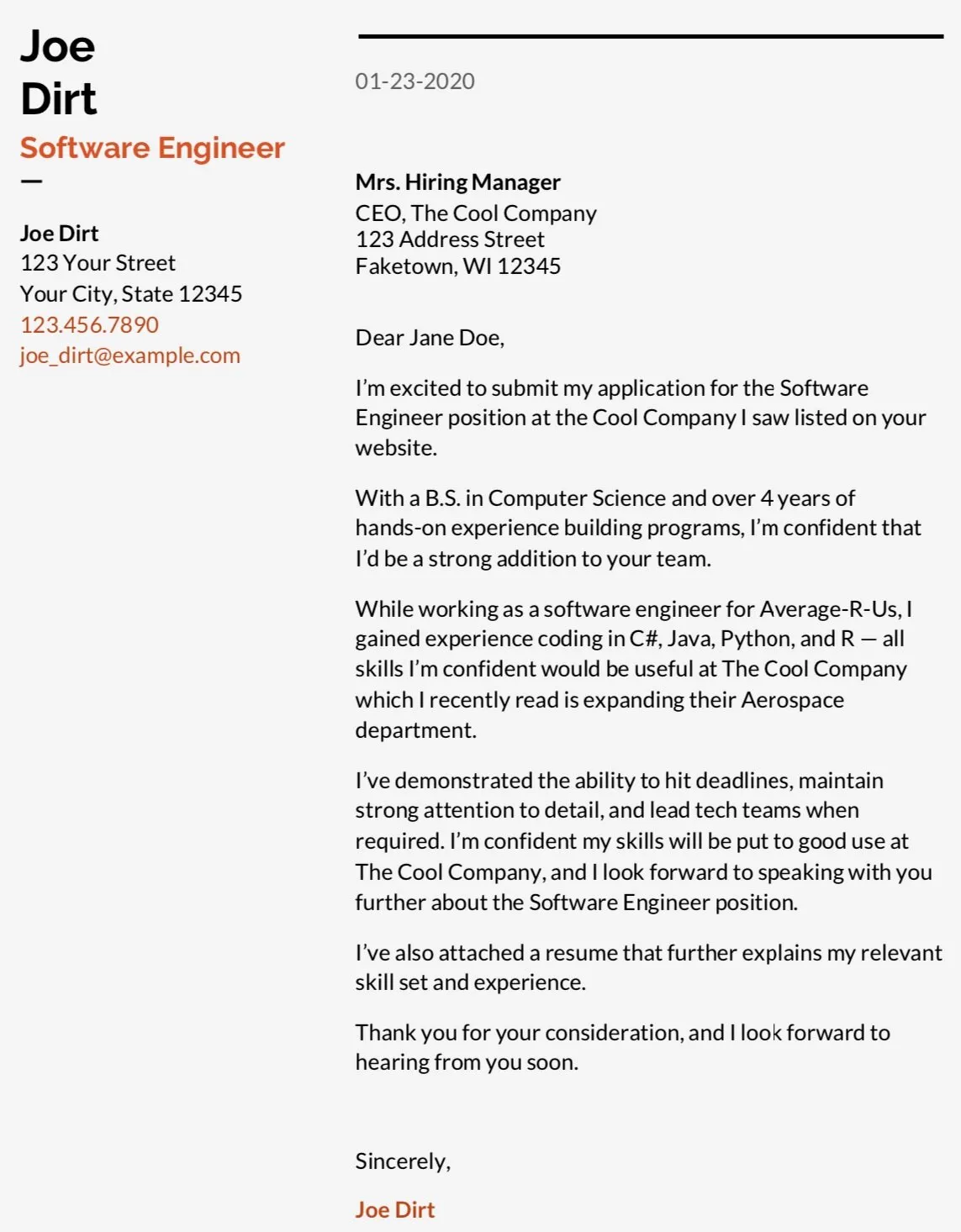
Using strong action verbs is a crucial technique for making your cover letter more dynamic and engaging. Action verbs immediately make your cover letter more lively and show that you are a person of action. Action verbs describe what you did in your previous positions and what you’re capable of achieving. Examples of strong action verbs include: “Achieved,” “Managed,” “Led,” “Developed,” “Implemented,” “Improved,” “Increased,” “Created,” and “Designed.” Replace passive language with these active verbs to provide a clear and concise summary of your skills and experiences. This will capture the hiring manager’s attention. Be sure to use a variety of action verbs to keep your cover letter engaging and avoid repetitive language. Also, ensure these verbs align with the job responsibilities mentioned in the description, to make your cover letter even more relevant.
Quantify Achievements
Quantifying your achievements is a powerful way to demonstrate your value to a potential employer. Instead of simply stating your accomplishments, use numbers, percentages, and specific metrics to show the impact you’ve made in previous roles. For example, rather than saying, “Improved customer satisfaction,” say, “Improved customer satisfaction by 15%.” Quantifying your achievements makes them more credible and provides concrete evidence of your skills and abilities. When possible, include specific examples of projects or initiatives you’ve led and the measurable results you’ve achieved. This could include revenue growth, cost savings, or efficiency gains. Quantifying your achievements helps the hiring manager understand the tangible benefits you can bring to their company. Quantifiable accomplishments will also make your cover letter stand out.
Express Enthusiasm for the Role
Expressing your enthusiasm for the role and the company is crucial for making a positive impression. Show your genuine interest in the opportunity and demonstrate that you are excited about the prospect of joining the team. Do your research on the company and mention specific aspects of their mission, values, or recent projects that resonate with you. In your cover letter, explain why you’re interested in the specific role, what motivates you, and what skills you bring to the table. Avoid generic statements and instead show your enthusiasm through specific examples. Expressing your enthusiasm can demonstrate your commitment and initiative.
Demonstrate Knowledge of the Company
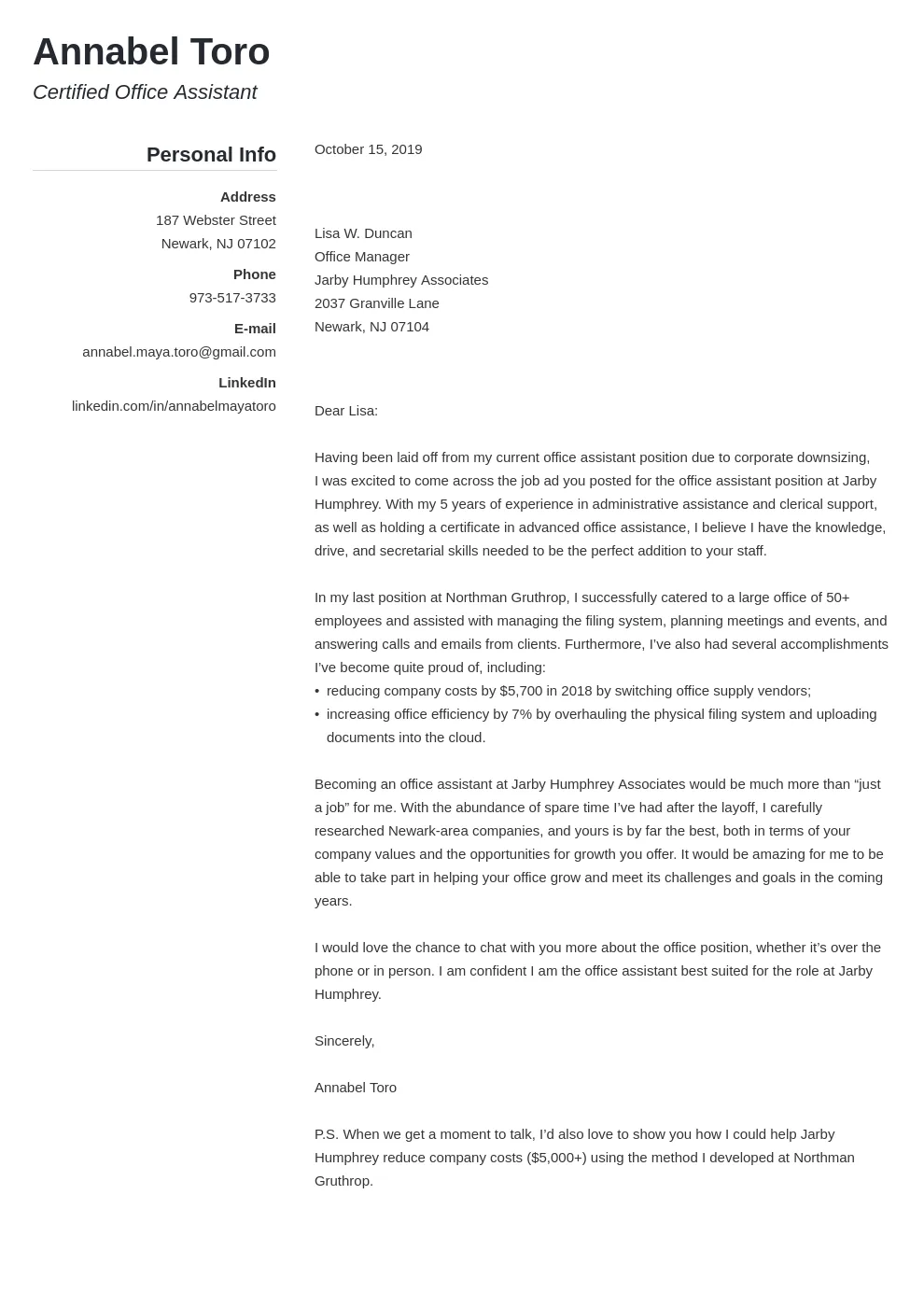
Demonstrating your knowledge of the company is vital for showing that you’ve done your research and are genuinely interested in the opportunity. Before writing your cover letter, take the time to research the company’s mission, values, products or services, and recent news or initiatives. Mention specific aspects of the company that align with your interests and career goals. This may include their culture, their approach to innovation, or their impact on the industry. You can use this information to personalize your cover letter, showing the hiring manager that you’ve taken the time to learn about the company and understand their needs. This demonstrates your initiative and attention to detail. Make sure to include your understanding in your cover letter to increase your chances of an interview.
The Closing: Call to Action
The closing of your cover letter is an important opportunity to reiterate your interest and provide a clear call to action. Restate your enthusiasm for the position and the company, summarizing why you’re a good fit. Include a specific call to action, such as, “I am eager to discuss my qualifications further in an interview” or “I look forward to hearing from you soon.” This shows your initiative and encourages the hiring manager to take the next step. Express your gratitude for their time and consideration. Provide your contact information again, and thank them for their time. It’s also important to proofread your cover letter carefully before sending it, ensuring it is free of errors and typos. Your closing should be confident and professional, leaving the hiring manager with a positive final impression.
Proofread and Edit
Proofreading and editing your cover letter is an essential step to make a great impression. Before submitting your cover letter, carefully review it for any grammatical errors, spelling mistakes, or typos. These errors can undermine your credibility and demonstrate a lack of attention to detail. Read your cover letter aloud to catch any awkward phrasing or unclear sentences. Use grammar and spell-checking tools, but don’t rely on them entirely. Ask a friend, family member, or career advisor to review your cover letter as well, as a fresh pair of eyes can often catch mistakes you may have missed. Pay attention to formatting, ensuring your letter is clean, easy to read, and consistent. Proofreading and editing demonstrate your professionalism and commitment to excellence. A well-written and error-free cover letter gives you the best chance for an interview.
Cover Letter Do’s and Don’ts
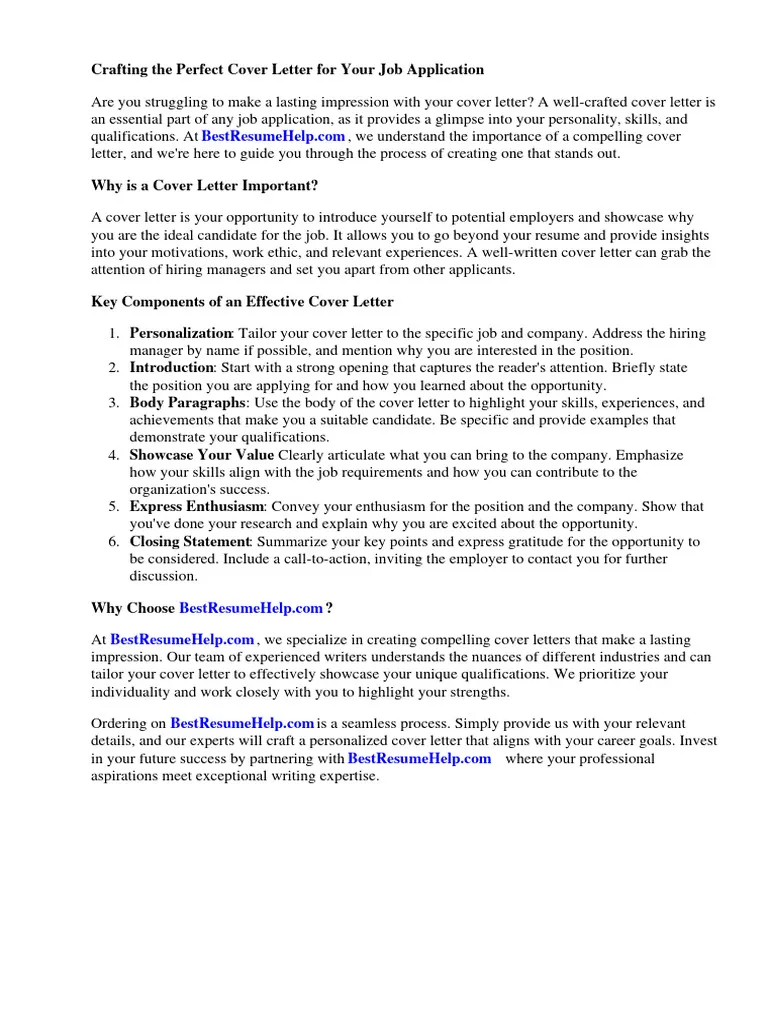
To create a winning cover letter, keep some crucial do’s and don’ts in mind. Do research the company and tailor your cover letter to each job. Do highlight your relevant skills and experiences, using action verbs and quantifying your achievements. Do express your enthusiasm for the role and the company. Do address the hiring manager by name, if possible. On the other hand, don’t use generic greetings, such as “To Whom It May Concern,” or be too casual. Avoid typos and grammatical errors, and don’t include irrelevant information or exceed the one-page limit. Don’t simply reiterate your resume; instead, use the cover letter to tell your story and showcase your personality. By following these do’s and avoiding these don’ts, you can create a cover letter that effectively showcases your qualifications and significantly increases your chances of landing an interview.
